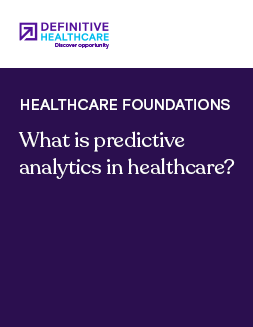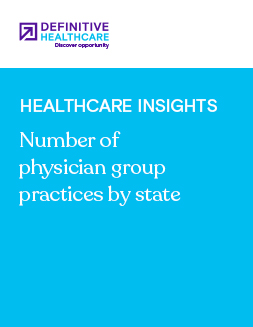Healthcare Insights
Top 10 Z codes for social determinants of health
The Centers for Medicare and Medicaid Services (CMS) recently approved the first measures to track social determinants of health (SDOH) at the federal level. This critical move represents the healthcare industry’s commitment to improving health measures, programs, and outcomes for all people across social and economic backgrounds.
Explore our list of the top 10 ICD-10 codes with a Z designation below. Z codes relate to social determinants of health.
| Rank | ICD-10 code | ICD-10 description | Percent of SDOH encounters in 2021 | Explore dataset |
|---|---|---|---|---|
| 1 | Z590 | Homelessness | 9.30% | Explore |
| 2 | Z630 | Problems in relationship with spouse or partner | 8.40% | Explore |
| 3 | Z634 | Disappearance and death of family member | 7.00% | Explore |
| 4 | Z62820 | Parent-biological child conflict | 5.50% | Explore |
| 5 | Z62810 | Personal history of physical and sexual abuse in childhood | 5.20% | Explore |
| 6 | Z560 | Unemployment, unspecified | 5.10% | Explore |
| 7 | Z638 | Other specified problems related to primary support group | 4.70% | Explore |
| 8 | Z602 | Problems related to living alone | 3.40% | Explore |
| 9 | Z658 | Other specified problems related to psychosocial circumstances | 2.90% | Explore |
| 10 | Z635 | Disruption of family by separation and divorce | 2.60% | Explore |
Fig. 1 Data is from the Definitive Healthcare ClaimsMx product for calendar year 2021. Claims data is sourced from multiple medical claims clearinghouses in the United States and is updated monthly. Data is accurate as of October 2022.
Which Z code had the most patient visits in 2021?
Code Z590, homelessness, ranks first on our list by percent of SDOH encounters, with 9.30%. This code describes a patient visit for an individual living without permanent or reliable shelter.
In second place is code Z630, problems in a relationship with spouse or partner, with 8.40%. This code indicates relationship distress with an intimate partner or spouse, but it does not involve counseling.
Next is code Z634, disappearance and death of a family member, with 7.00%. This code covers the assumed death of a family member and bereavement.
What are Z codes?
ICD-10 codes which begin with the letter Z, from the range of Z55-Z65, reflect societal factors that impact access to healthcare.
Z codes generally exist across nine categories:
- Problems related to education and literacy
- Problems related to employment and unemployment
- Occupational exposure to risk factors
- Problems related to housing and economic circumstances
- Problems related to social environment
- Problems related to upbringing
- Other problems related to primary support group, including family circumstances
- Problems related to certain psychosocial circumstances
- Problems related to other psychosocial circumstances
Z codes are important to healthcare because they provide data on how psychosocial, environmental, and economic factors affect how people access and engage with healthcare. In turn, this data helps measure and improve healthcare inequalities.
What are social determinants of health?
Social determinants of health are social and environmental factors that impact outcomes related to health, quality of life, and functioning. SDOH also contribute to inequities and disparities in health. SDOH are grouped into five domains:
- Economic stability
- Education access and quality
- Healthcare access and quality
- Neighborhood and built environment
- Social and community context
Some social determinants of health examples include access to nutritious foods, experience with racism, and access to safe housing.
SDOH screenings
Healthcare organizations are starting to develop and implement screenings for SDOH to better understand their patient population and the social issues affecting their health and well-being. Many organizations will choose either digital surveys or paper-based forms to conduct their screenings. Even more, organizations need to consider not only what questions they ask, but how they ask these questions in a sensitive and respectful way.
Learn more
Healthcare Insights are developed with healthcare commercial intelligence from the Definitive Healthcare platform. Want even more insights? Start a free trial now and get access to the latest healthcare commercial intelligence on hospitals, physicians and other healthcare providers.



